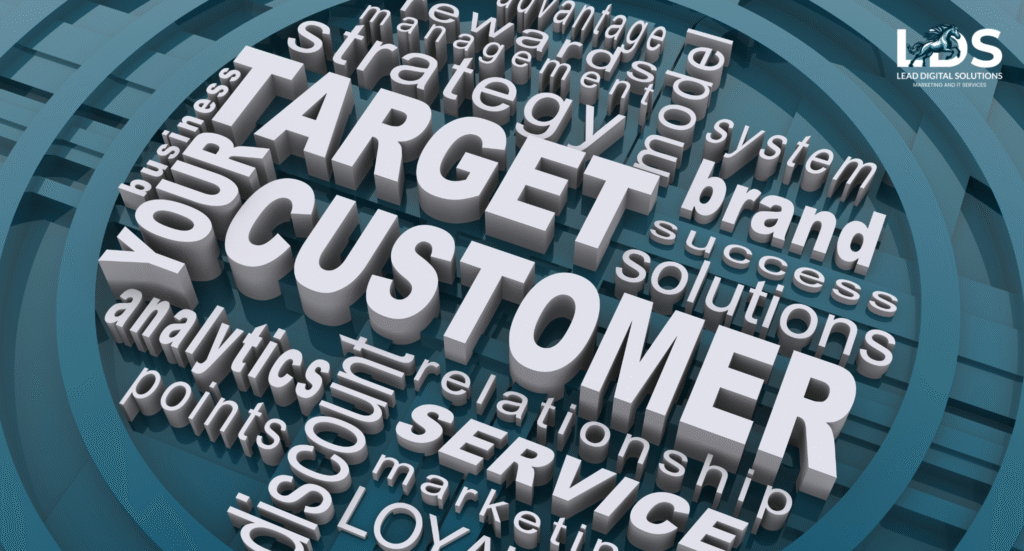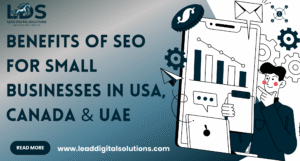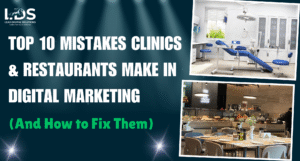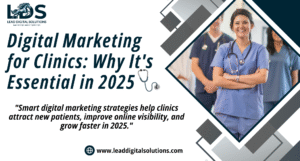Introduction
In today’s digital landscape, understanding your target audience is crucial for the success of any business. Whether you’re in the USA, Canada, Dubai, Australia, New Zealand, or Europe, knowing who your customers are, what they need, and how they behave allows you to tailor your marketing and IT strategies to deliver greater value and drive higher engagement.
Tagline Ideas:
- “Know Your Audience, Drive Your Business.”
- “Unlock the Power of Targeted Marketing.”
- “Precision Marketing Starts with Understanding Your Audience.”
This blog will explore methods for identifying and understanding customer demographics, and how businesses across different regions can use these insights to create more personalized, effective marketing and product strategies.
What is Understanding Your Target Audience?
Understanding your target audience is a fundamental element of any successful marketing or business strategy. It involves the process of identifying and analyzing the characteristics, behaviors, and needs of the people most likely to engage with your brand. This goes beyond basic demographics and requires an in-depth understanding of their motivations, preferences, and purchasing behaviors. The goal is to create marketing messages, products, and services that resonate with the people who matter most, increasing engagement and conversions. By gaining a clearer picture of your audience, you can craft highly personalized experiences that drive meaningful customer relationships and long-term loyalty. Unlike a broad, generalized approach, this targeted focus ensures that your marketing efforts are both efficient and effective, ultimately leading to better results and a more loyal customer base.
At its core, understanding your target audience is about leveraging data to create personalized experiences. With the right tools, businesses can gather insights into their customers’ age, location, interests, purchasing behavior, and more. By segmenting your audience based on these characteristics, you can develop tailored marketing campaigns, create better content, and make informed product development decisions. This allows businesses to be more strategic and focused, maximizing the return on their marketing investments and increasing their competitive edge. Ultimately, the success of your marketing efforts hinges on knowing your audience and meeting their needs in a way that speaks directly to them.
Understanding your target audience is a continual process that requires ongoing research, analysis, and adaptation. As customer preferences evolve, businesses must stay agile and regularly update their audience insights. With the rise of new digital tools and social platforms, there are countless opportunities to gather real-time feedback and analyze audience behavior. This data-driven approach empowers businesses to stay ahead of trends and anticipate customer needs, driving growth and ensuring sustained success in a rapidly changing market.
Techniques for Understanding Customer Behavior
In addition to using digital tools, businesses can apply several effective techniques to gain deeper insights into customer behavior. Customer surveys and feedback forms are invaluable for gathering firsthand information about customer preferences, pain points, and purchasing decisions. By asking targeted questions, businesses can uncover specific issues or desires that may not be immediately evident through analytics alone. This qualitative data allows businesses to address customer concerns and tailor their products or services to better meet their needs.
Competitor analysis is another technique that helps businesses understand the broader market and customer behavior. By studying competitors’ marketing strategies, customer engagement efforts, and product offerings, businesses can identify opportunities to differentiate themselves. Tools like SEMrush and SpyFu allow companies to monitor their competitors’ keywords, traffic, and content strategies, providing insights into what resonates with the target audience. This information can guide businesses in refining their own approach and finding new ways to attract and engage customers.
Finally, social listening tools like Brandwatch or Hootsuite enable businesses to monitor online conversations around their brand, industry, or products. By tracking keywords, hashtags, and sentiments, businesses can uncover emerging trends and customer opinions that may not be captured through traditional analytics. For example, if customers are expressing frustration with a specific aspect of your product or service, social listening can provide valuable feedback for making improvements. By leveraging these techniques alongside demographic data, businesses can build a more comprehensive understanding of their audience and adjust their strategies accordingly.
Leveraging Demographics for Personalization
Once businesses have gathered sufficient demographic and behavioral data, the next step is to leverage that information for personalization. Personalization is key to improving customer engagement and conversion rates. By tailoring content, ads, and offers to specific audience segments, businesses can create more relevant and meaningful interactions. For example, if you know that a significant portion of your audience is based in the UAE and prefers mobile-first solutions, you can promote mobile-friendly products or services in your campaigns.
Targeted ads on platforms like Google Ads and Facebook allow businesses to refine their messaging based on demographic information, ensuring that ads are reaching the right people. If your analytics show that a large portion of your customers are aged 25-35, you can create ads specifically tailored to their interests and lifestyle. Additionally, personalized emails based on customer behavior, past purchases, and lifecycle stage can increase the chances of conversion. Tools like Mailchimp and ActiveCampaign make it easy to segment your audience and send highly relevant, timely content that resonates with each individual.
By taking a data-driven approach to personalization, businesses can foster stronger relationships with their customers, improve engagement, and ultimately drive better results.
Conclusion
Understanding and leveraging your target audience’s demographics and behavior is essential for developing effective marketing strategies that resonate with customers and drive business growth. By using the right tools and techniques, businesses can gain valuable insights into their audience and continuously refine their approach to stay ahead of market trends.
For more information on how to leverage audience insights for your business growth, feel free to reach out to Lead Digital Solutions for expert guidance on digital marketing strategies.





